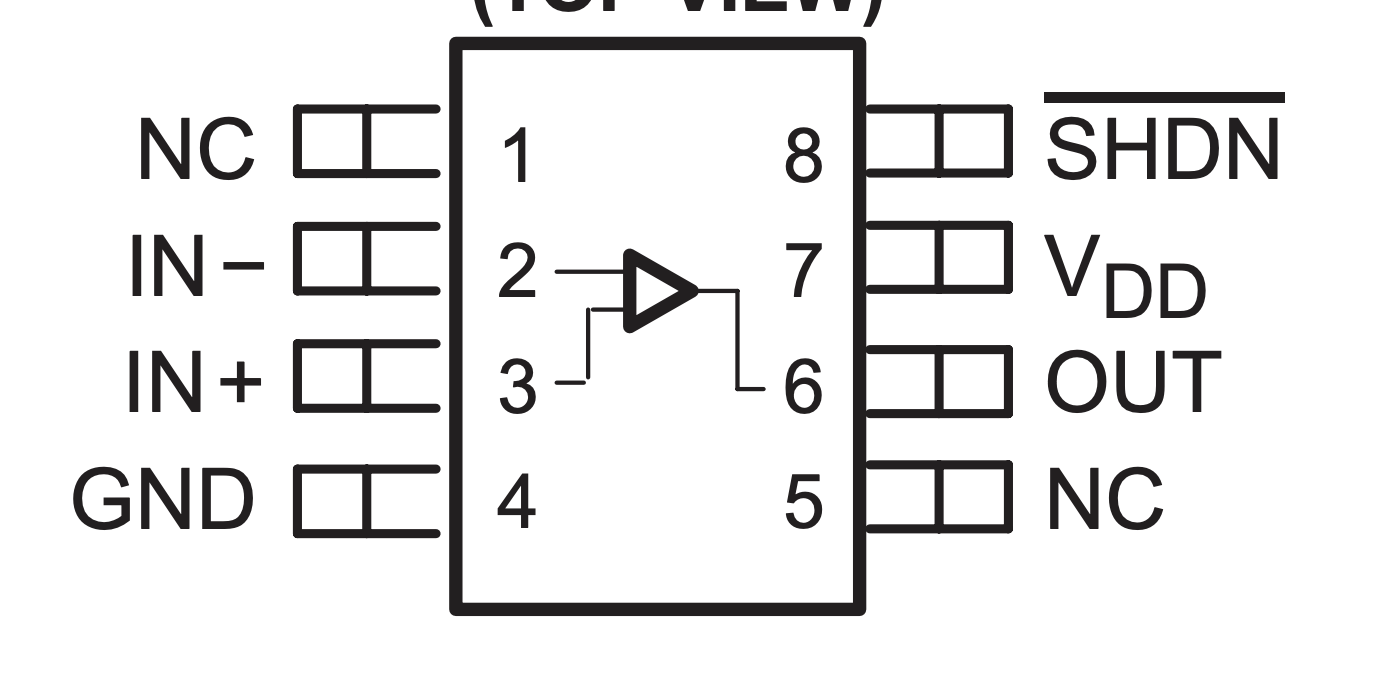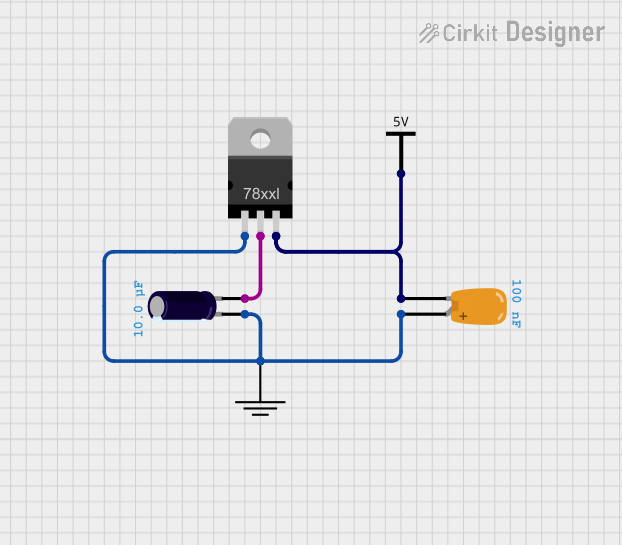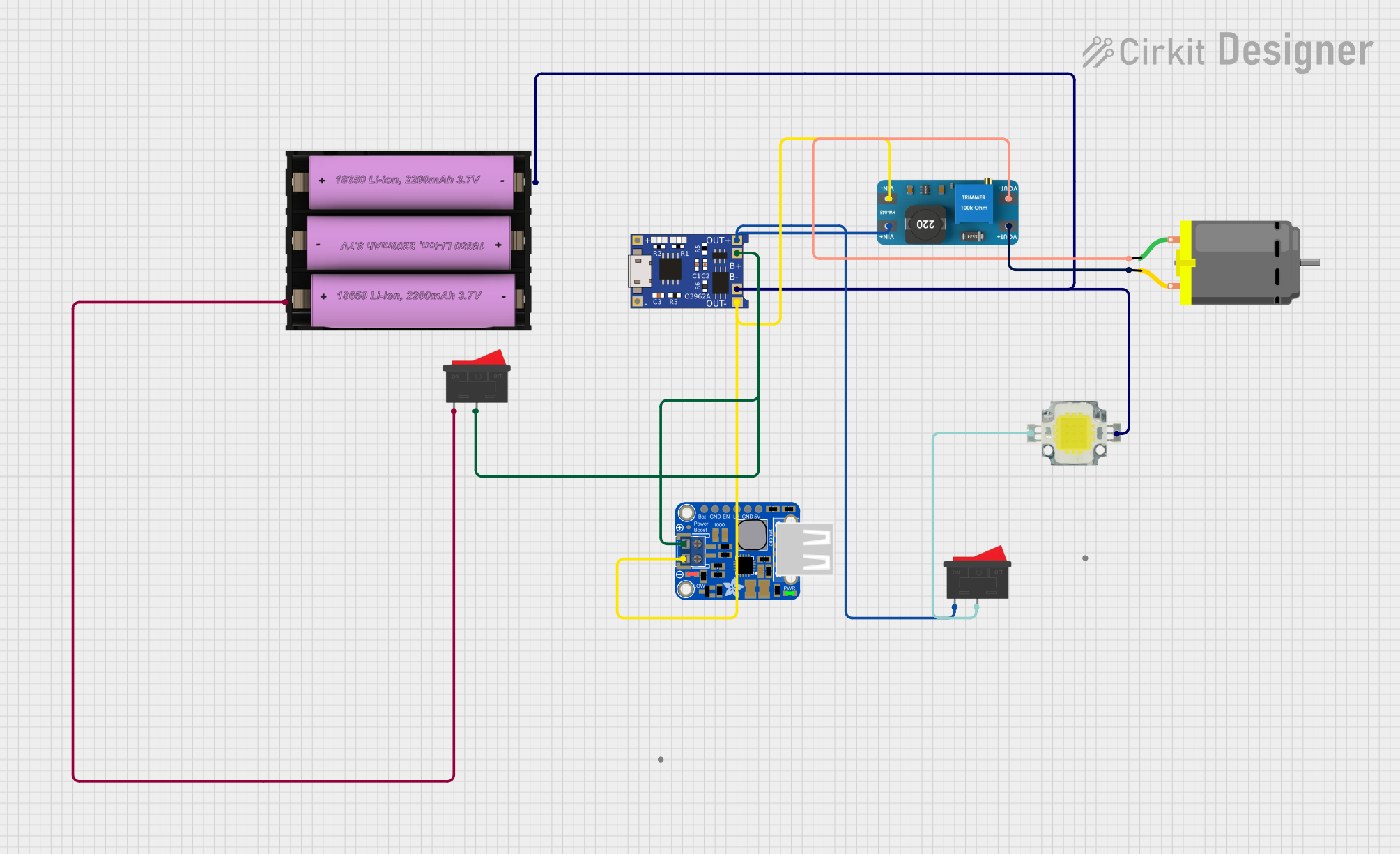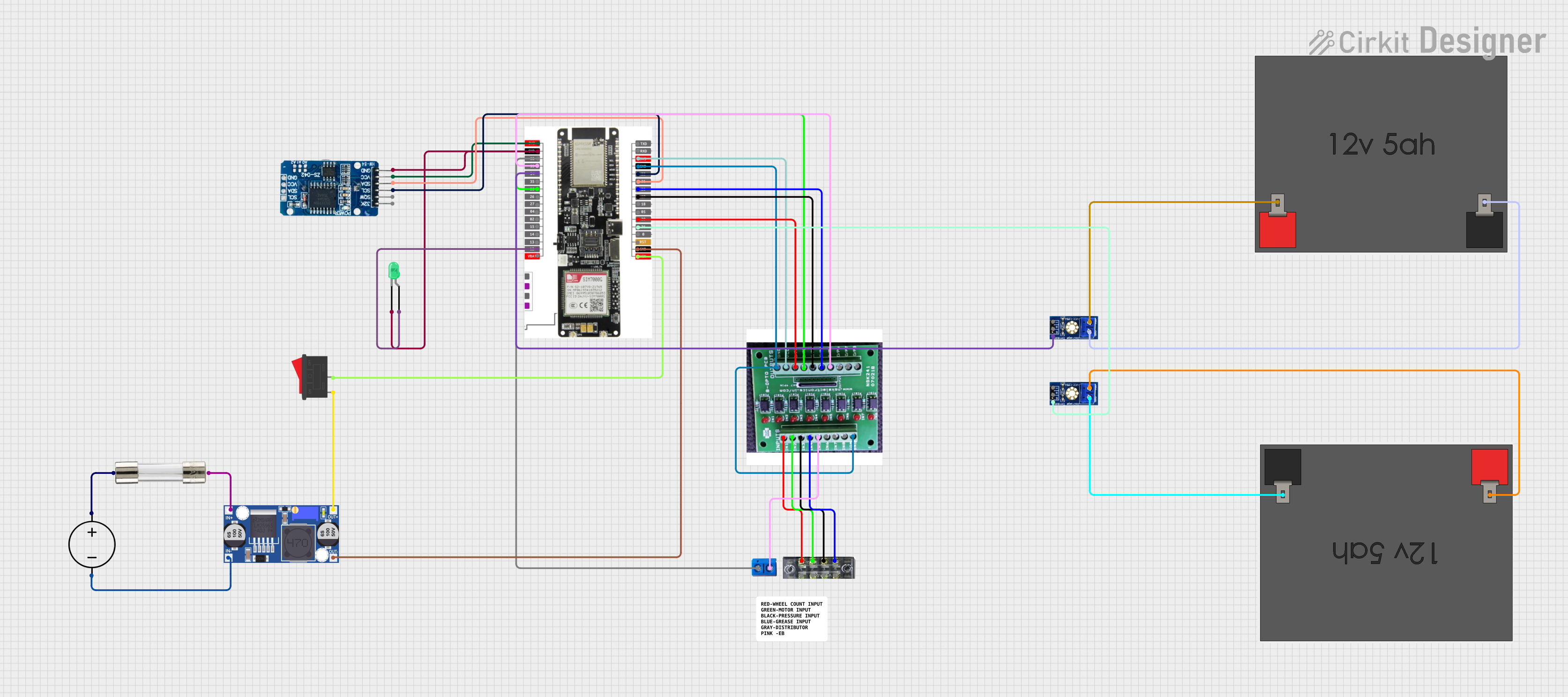
How to Use TLV2771: Examples, Pinouts, and Specs

 Design with TLV2771 in Cirkit Designer
Design with TLV2771 in Cirkit DesignerIntroduction
The TLV2771 is a low-power, high-speed operational amplifier manufactured by Texas Instruments. It features a rail-to-rail output and operates over a wide supply voltage range, making it versatile for various applications. With its low noise and low distortion characteristics, the TLV2771 is ideal for precision tasks such as audio processing, signal conditioning, and sensor interfacing.
Explore Projects Built with TLV2771

 Open Project in Cirkit Designer
Open Project in Cirkit Designer
 Open Project in Cirkit Designer
Open Project in Cirkit Designer
 Open Project in Cirkit Designer
Open Project in Cirkit Designer
 Open Project in Cirkit Designer
Open Project in Cirkit DesignerExplore Projects Built with TLV2771

 Open Project in Cirkit Designer
Open Project in Cirkit Designer
 Open Project in Cirkit Designer
Open Project in Cirkit Designer
 Open Project in Cirkit Designer
Open Project in Cirkit Designer
 Open Project in Cirkit Designer
Open Project in Cirkit DesignerCommon Applications
- Audio signal processing
- Sensor signal amplification
- Data acquisition systems
- Portable and battery-powered devices
- Active filters and integrators
Technical Specifications
Key Specifications
| Parameter | Value |
|---|---|
| Supply Voltage Range | 2.5 V to 5.5 V |
| Supply Current (Typical) | 550 µA |
| Input Offset Voltage | ±1 mV (Typical) |
| Gain Bandwidth Product | 5 MHz |
| Slew Rate | 1.5 V/µs |
| Output Voltage Swing | Rail-to-Rail |
| Input Voltage Range | Rail-to-Rail |
| Operating Temperature Range | -40°C to 125°C |
| Package Options | SOIC-8, SOT-23-5, and others |
Pin Configuration and Descriptions
TLV2771 in SOT-23-5 Package
| Pin Number | Pin Name | Description |
|---|---|---|
| 1 | OUT | Output of the operational amplifier |
| 2 | V- | Negative power supply (GND) |
| 3 | IN+ | Non-inverting input |
| 4 | IN- | Inverting input |
| 5 | V+ | Positive power supply |
TLV2771 in SOIC-8 Package
| Pin Number | Pin Name | Description |
|---|---|---|
| 1 | NC | No connection |
| 2 | IN+ | Non-inverting input |
| 3 | IN- | Inverting input |
| 4 | V- | Negative power supply (GND) |
| 5 | OUT | Output of the operational amplifier |
| 6 | NC | No connection |
| 7 | NC | No connection |
| 8 | V+ | Positive power supply |
Usage Instructions
How to Use the TLV2771 in a Circuit
- Power Supply: Connect the positive supply voltage (V+) and ground (V-) to the respective pins. Ensure the supply voltage is within the range of 2.5 V to 5.5 V.
- Input Connections: Connect the signal to be amplified to the non-inverting input (IN+) or inverting input (IN-), depending on the desired configuration (non-inverting or inverting amplifier).
- Output: The amplified signal will be available at the output pin (OUT). Ensure the load connected to the output does not exceed the current drive capability of the TLV2771.
- Bypass Capacitor: Place a decoupling capacitor (e.g., 0.1 µF) close to the power supply pins to reduce noise and improve stability.
Important Considerations
- Input Voltage Range: The TLV2771 supports rail-to-rail input, but ensure the input signal stays within the supply voltage range to avoid distortion.
- Output Loading: Avoid driving heavy capacitive loads directly. If necessary, use a small resistor (e.g., 50 Ω) in series with the output to improve stability.
- PCB Layout: Minimize trace lengths for the input and output signals to reduce noise and interference.
Example: Using TLV2771 with Arduino UNO
The TLV2771 can be used to amplify an analog signal before feeding it into the Arduino's ADC (Analog-to-Digital Converter). Below is an example circuit and code:
Circuit Description
- Connect the TLV2771's V+ to the Arduino's 5V pin and V- to GND.
- Connect the signal source to the IN+ pin.
- Connect a resistor and feedback network to configure the amplifier gain.
- Connect the OUT pin to one of the Arduino's analog input pins (e.g., A0).
Arduino Code Example
// Example code to read an amplified signal from TLV2771 using Arduino UNO
const int analogPin = A0; // Analog pin connected to TLV2771 output
int sensorValue = 0; // Variable to store the analog reading
void setup() {
Serial.begin(9600); // Initialize serial communication at 9600 baud
}
void loop() {
sensorValue = analogRead(analogPin); // Read the amplified signal
float voltage = sensorValue * (5.0 / 1023.0); // Convert ADC value to voltage
// Print the voltage to the Serial Monitor
Serial.print("Amplified Signal Voltage: ");
Serial.print(voltage);
Serial.println(" V");
delay(500); // Wait for 500 ms before the next reading
}
Troubleshooting and FAQs
Common Issues and Solutions
No Output Signal
- Cause: Incorrect power supply connections.
- Solution: Verify that V+ and V- are connected to the correct voltage levels.
Distorted Output
- Cause: Input signal exceeds the supply voltage range.
- Solution: Ensure the input signal stays within the rail-to-rail input range.
Oscillations or Instability
- Cause: Capacitive loading on the output.
- Solution: Add a small resistor (e.g., 50 Ω) in series with the output.
High Noise in Output
- Cause: Poor power supply decoupling.
- Solution: Add a 0.1 µF ceramic capacitor close to the power supply pins.
FAQs
Q1: Can the TLV2771 operate with a single supply?
A1: Yes, the TLV2771 can operate with a single supply as low as 2.5 V. Ensure the input signal is within the supply range.
Q2: What is the maximum output current of the TLV2771?
A2: The TLV2771 can source or sink up to 10 mA. Avoid exceeding this limit to prevent damage.
Q3: Is the TLV2771 suitable for audio applications?
A3: Yes, the TLV2771's low noise and low distortion make it an excellent choice for audio signal processing.
Q4: Can I use the TLV2771 for high-frequency applications?
A4: The TLV2771 has a gain bandwidth product of 5 MHz, making it suitable for low to moderate frequency applications. For higher frequencies, consider a different op-amp with a higher bandwidth.